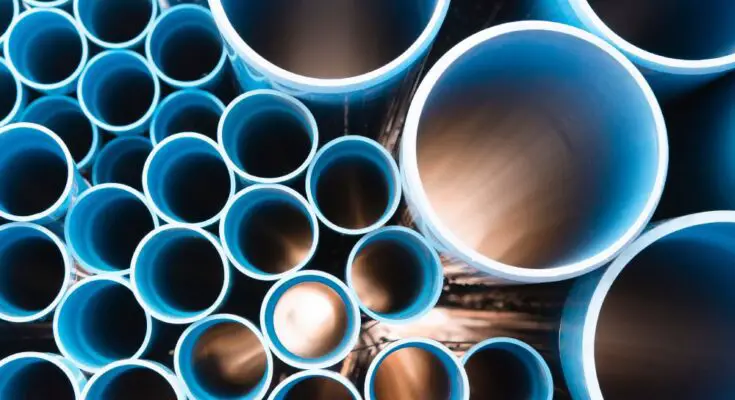When it comes to plumbing systems, the material you choose for your pipes plays a huge role in how reliable and durable your setup will be. Different pipe materials come with their own sets of challenges, and understanding these common issues can save you on expensive repairs and headaches down the line. If you’re considering new pipes or maintaining older ones, here’s what you need to know about the most common issues with different types of pipe materials.
Copper Pipes
Copper pipes have been a popular choice for decades due to their durability and ability to resist bacteria. However, they’re not perfect. One of the most notable issues they experience is corrosion, especially in areas with highly acidic or alkaline water. Corrosion can lead to pinhole leaks, which are small enough to go unnoticed at first but can cause significant water damage over time. Homeowners often find themselves dealing with greenish stains on fixtures or a metallic taste in their water, which are both warning signs of corrosion. Conducting regular inspections and paying attention to water chemistry can help prevent major failures.
PVC Pipes
PVC pipes are lightweight and cost-effective, which makes them attractive for a variety of plumbing projects. But brittleness is an issue over time, particularly if the pipes are exposed to prolonged sunlight or extreme cold. Unlike other materials, PVC is also sensitive to temperature changes, meaning it can crack or warp if subjected to hot water for extended periods. The junctures between two PVC pipes are also subject to leaks, which you’ll need to know how to repair in order to stave off damage. Frequent temperature fluctuations can shorten their lifespan, so if you’re using PVC in your plumbing, stick to low-stress systems like drainage or cold water lines.
PEX Pipes
PEX pipes have quickly gained popularity due to their flexibility and ease of installation. That said, they also come with a few downsides. One common issue is UV degradation. PEX shouldn’t be exposed to sunlight, as it can weaken and ultimately compromise the material. Another frequent complaint involves kinks that happen during installation or when the pipes are bent too tightly. Kinks can restrict water flow and weaken the pipe in the long run, so careful handling is key for PEX.
Steel Pipes
Steel pipes, often used for water distribution and gas lines, are praised for their strength but bring about their own set of problems. Rust is a constant concern with steel pipes, especially in moist environments. Over time, rust can narrow the internal diameter of the pipe, reducing water pressure and potentially leading to clogs. Because of their heavy weight, steel pipes can also be labor-intensive to install and may require additional support during installation. While these pipes are durable, you’ll need to keep an eye out for signs of rust or wear if you have them in your system.
Choosing the right material for your plumbing system is essential, especially when you consider the common issues with different types of pipe materials. No material is without flaws, but understanding these challenges can help you make informed decisions and prolong the life of your pipes. Take a proactive approach to maintenance and select materials that best fit your home’s specific needs to avoid major issues down the road.



